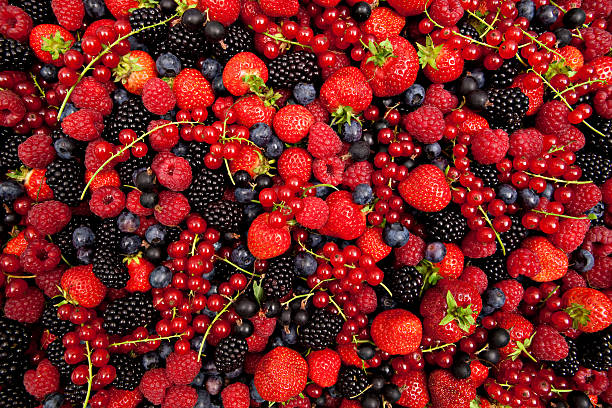Berries are a great refreshment in summer and so healthy – if they are not contaminated with pesticide residues. Unfortunately, the colorful minis regularly exceed the maximum residue levels of pesticides that are set for them. However, the berries are not alone in this, as the current shopping basket monitoring shows.
Shopping cart monitoring from 2014

The Federal Office of Consumer Protection and Food Safety (BVL) has now published the current report of the “National Report on Pesticide Residues in Food 2014”. From this, it can be seen, among other things, that the quota for exceeding the maximum content of pesticide residues in German products has risen slightly to 1.9 percent.
Exceeding the limit values detected
However, there are differences in the foods affected, as the BVL President Dr. Helmut Tschiersky explains: “While there have been hardly any or no limit value violations for some crops such as asparagus, headed cabbage, and pears for years, other crops such as soft fruit or peppers can always be found in the list of crops with the most exceedances.”
In 2014 blackberries, with an exceedance rate of 10.8 percent, and raspberries, with a rate of 6.5 percent, were particularly negative when it came to exceeding the maximum values for pesticide residues. The berries are closely followed by mangoes (8.3 percent exceeding), tea (7.0 percent exceeding), and kale (6.5 percent exceeding).
A wide variety of pesticide residues were also found in the otherwise rather inconspicuous pumpkin (5.2 percent exceedances) as part of the shopping basket monitoring in 2014. Kiwis were just as conspicuous, with 2.2 percent exceeding the limit value. “Solutions have to be found for these crops that can reduce the burden,” says Tschiersky.
Contamination of food
In 2014, around 19,500 food samples were examined for pesticide residues in the laboratories for the purpose of shopping basket monitoring, and more than 5.8 million analysis results were generated.

Conspicuous foods from the previous year’s investigations are examined more frequently and with a larger number of samples in the following. As a result, the find of pesticide residues is disproportionately large. The average contamination of products with too high a residue level is therefore significantly lower.
